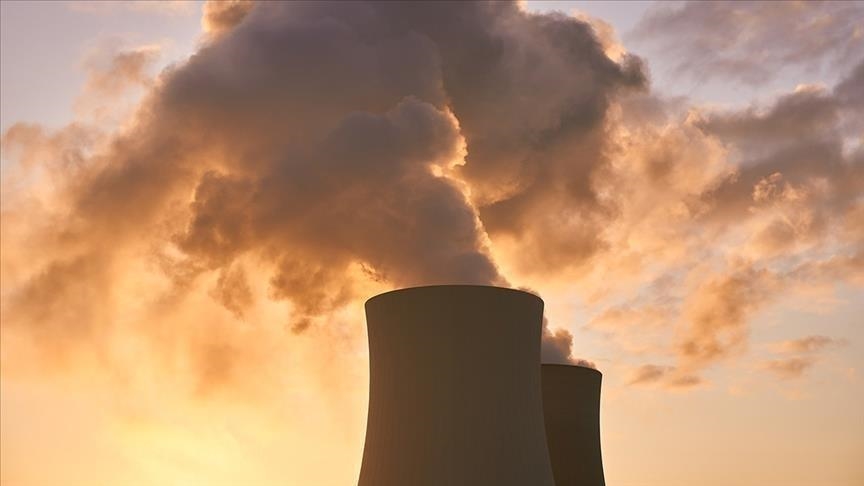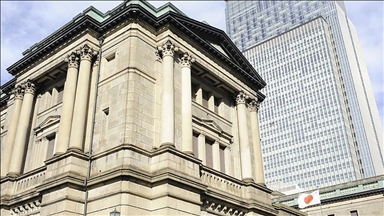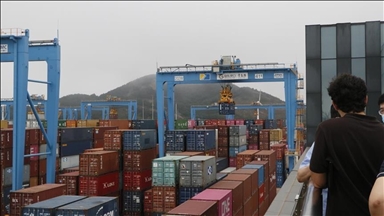Japan's premier visits Fukushima nuclear plant ahead of treated radioactive water release
Fumio Kishida visit comes days after he met with his ministers to discuss when to begin process amid opposition from fishermen and some neighboring countries

KARACHI, Pakistan
Japan's Prime Minister Fumio Kishida on Sunday visited the crippled Fukushima nuclear plant as Tokyo prepares to release treated radioactive water stored at the facility into the sea.
The visit came days after Kishida met with his ministers on Tuesday to discuss when to begin the process, amid opposition from fishermen and some neighboring countries.
He also plans to meet with the head of the National Federation of Fisheries Cooperative Associations on Monday in an attempt to dilute fishermen's concerns.
The process will start possibly between late August and early September, Tokyo-based Kyodo News reported, citing unnamed government sources.
Earlier on Friday, Kishida told reporters in Washington after attending a trilateral summit with the US and South Korea that the government is in "the final stage" of procedures before deciding on the timing of the water release.
Japan plans to begin releasing millions of tons of water into the Pacific Ocean as early as this summer, despite vehement criticism from China, North Korea, and several Pacific nations.
Tokyo will release about 1.25 million tons of treated water into the sea as part of an effort to decommission the power station devastated by the deadly 2011 tsunami.
Currently, 1.32 million tons of contaminated water are in storage at the site of the crippled power station in northeastern Japan.
This wastewater, enough to fill more than 500 Olympic-size pools, is stored in over 1,000 huge tanks.
What happened to the Fukushima plant?
The nuclear plant’s power supply and cooling systems were badly damaged by the tsunami, causing the reactor cores to overheat and contaminate water within the plant with highly radioactive material.
Since then, new water has been pumped in to cool the fuel debris in the reactors. Furthermore, groundwater and rainwater have leaked in, resulting in more radioactive wastewater that now needs to be stored and treated.
According to the International Atomic Energy Agency, nuclear power plants worldwide release treated water containing low-level concentrations of tritium and other radionuclides in a controlled manner.
In contrast to other radioactive materials like cesium and strontium, tritium poses little risk to human health and the environment as its radiation is very weak and cannot penetrate human skin.
Many experts believe it is unlikely to accumulate in a living body.
Anadolu Agency website contains only a portion of the news stories offered to subscribers in the AA News Broadcasting System (HAS), and in summarized form. Please contact us for subscription options.







